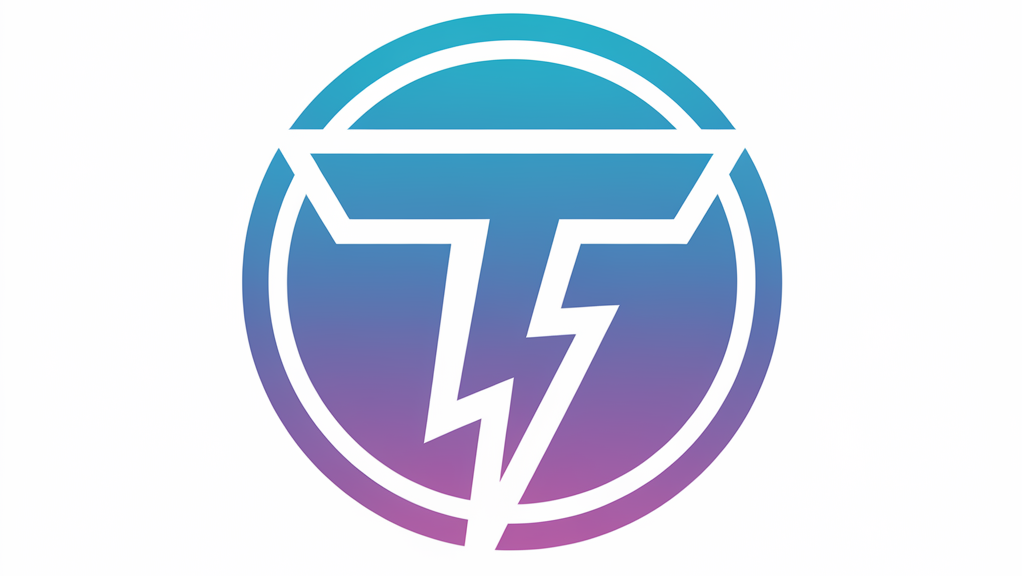Blockchain Technology: Revolutionizing the Digital World
Blockchain technology has emerged as one of the most disruptive innovations of the 21st century. Initially developed as the foundation for cryptocurrencies like Bitcoin, blockchain has expanded far beyond its original purpose, finding applications in diverse industries ranging from finance to healthcare. This blog explores the fundamentals of blockchain, its transformative potential, and the challenges it faces.
What is Blockchain Technology?
At its core, blockchain is a decentralized, distributed ledger that records transactions across multiple computers. It ensures transparency, security, and immutability through a series of cryptographic techniques. Each “block” contains a list of transactions, and these blocks are linked together to form a “chain,” hence the name blockchain.
Key features of blockchain include:
- Decentralization: No central authority controls the system, reducing the risk of manipulation.
- Transparency: Transactions are visible to all participants in the network.
- Security: Advanced cryptography ensures data integrity and prevents unauthorized access.
- Immutability: Once recorded, data on the blockchain cannot be altered or deleted.
Applications of Blockchain Technology
- Cryptocurrencies: The most well-known application of blockchain, cryptocurrencies like Bitcoin, Ethereum, and others, rely on blockchain for secure and transparent transactions.
- Supply Chain Management: Blockchain enables real-time tracking of goods, ensuring transparency and authenticity in the supply chain. Companies like Walmart use blockchain to track food products.
- Finance and Banking: Blockchain facilitates faster and cheaper cross-border payments, eliminates intermediaries, and enables smart contracts that automate processes.
- Healthcare: Securely storing patient records and ensuring data privacy are significant advantages of blockchain in the healthcare sector.
- Voting Systems: Blockchain-based voting can ensure transparency and reduce election fraud by creating tamper-proof and verifiable systems.
- Real Estate: Blockchain simplifies property transactions by reducing paperwork, ensuring secure record-keeping, and preventing fraud.
Challenges of Blockchain Technology
While blockchain offers numerous benefits, it also faces several challenges:
- Scalability: As the number of transactions increases, the blockchain network can become slower and less efficient.
- Energy Consumption: Some blockchain systems, like Bitcoin, require significant computational power, leading to high energy usage.
- Regulatory Uncertainty: Governments worldwide are still grappling with how to regulate blockchain and cryptocurrencies.
- Integration: Adopting blockchain often requires overhauling existing systems, which can be costly and time-consuming.
The Future of Blockchain
Blockchain technology is still in its early stages, but its potential is immense. Innovations like Layer 2 solutions aim to address scalability issues, while energy-efficient consensus mechanisms such as Proof of Stake (PoS) are reducing environmental concerns. As more industries recognize its value, blockchain is likely to play a critical role in shaping the digital future.
From decentralized finance (DeFi) to non-fungible tokens (NFTs), blockchain is driving a wave of innovation that could redefine ownership, trust, and collaboration in the digital age. As the technology evolves, it promises to unlock new possibilities and address existing challenges in unprecedented ways.
Conclusion
Blockchain technology is much more than the backbone of cryptocurrencies. Its ability to provide transparency, security, and decentralization has positioned it as a cornerstone of the digital revolution. As adoption grows and challenges are addressed, blockchain has the potential to transform industries and empower individuals worldwide.
